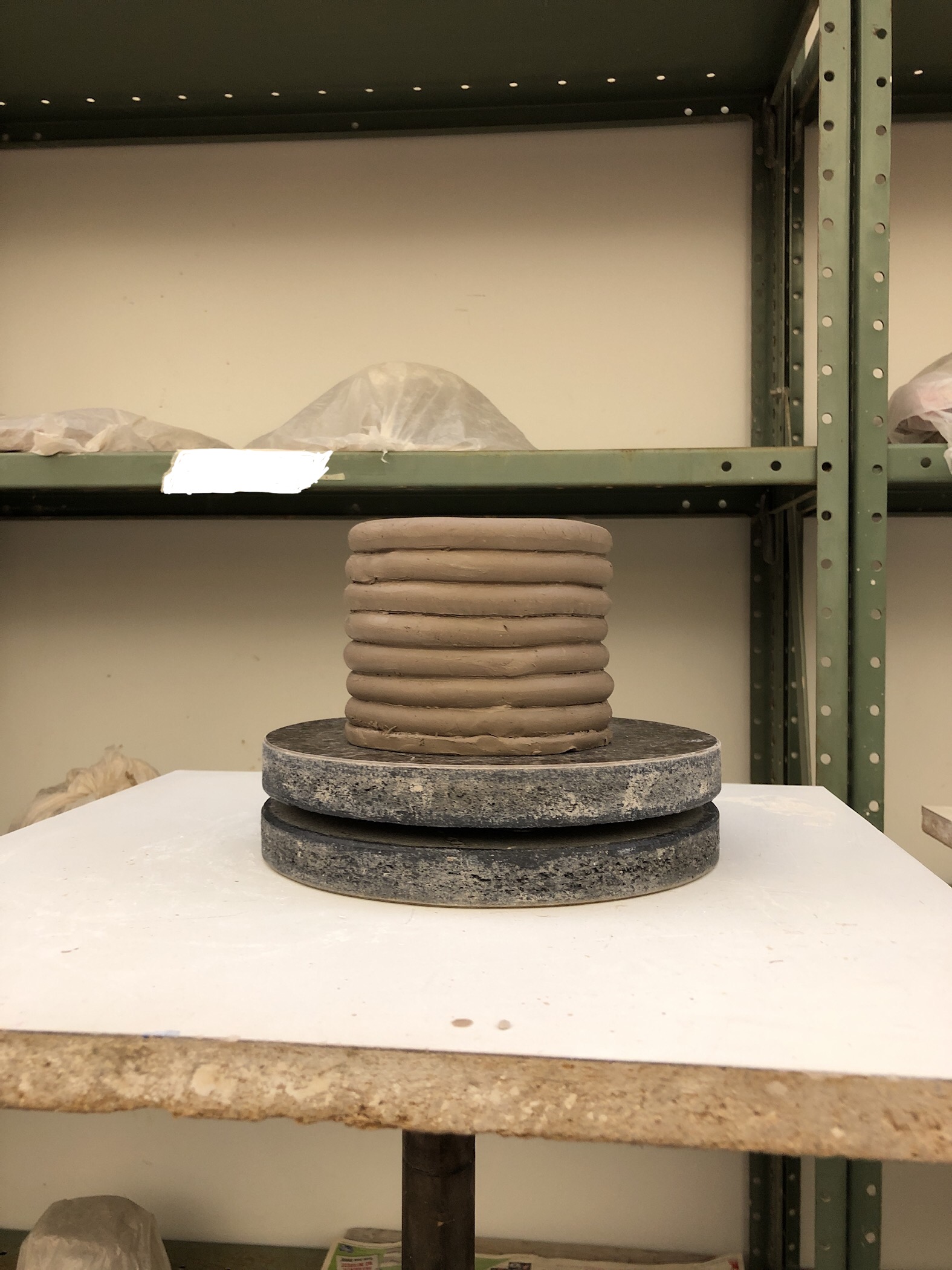Sports Management at Grove City
A new and popular major at other colleges is Sports Management, and we are now lucky to have this as a concentration under the Business Management major. My freshman year I started out as an education major but then decided that it was not for me, so after freshman year I changed my major to Business Management with a concentration […]
Read more




